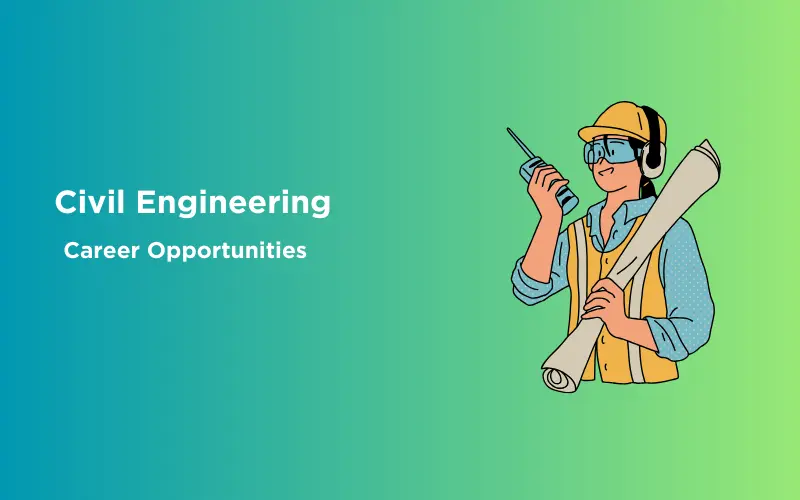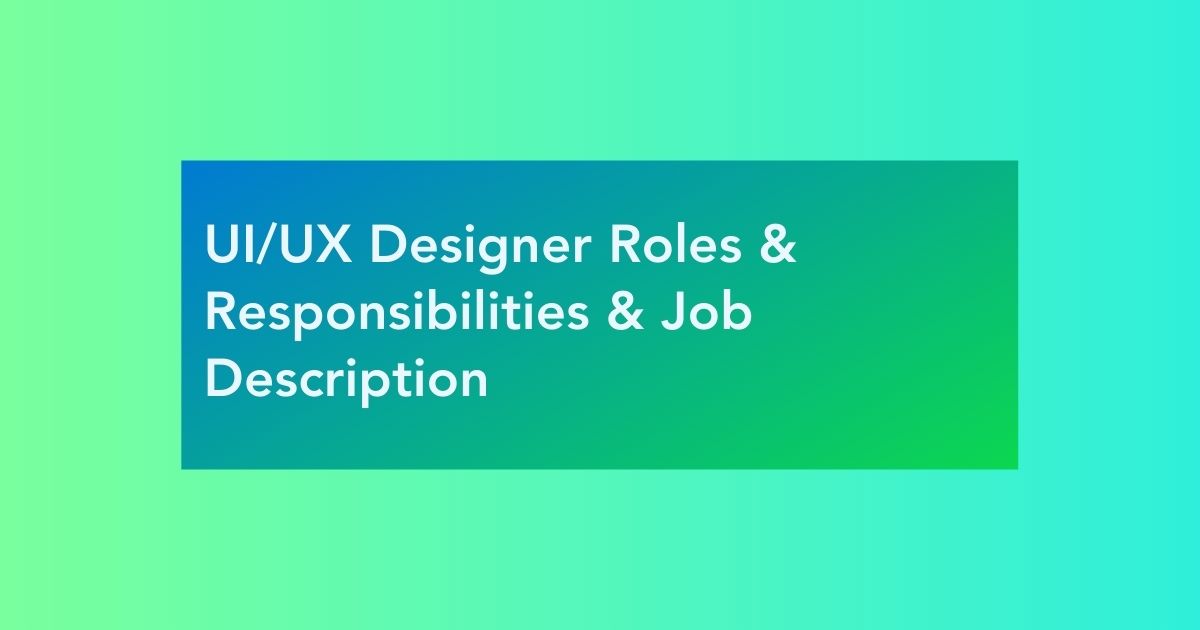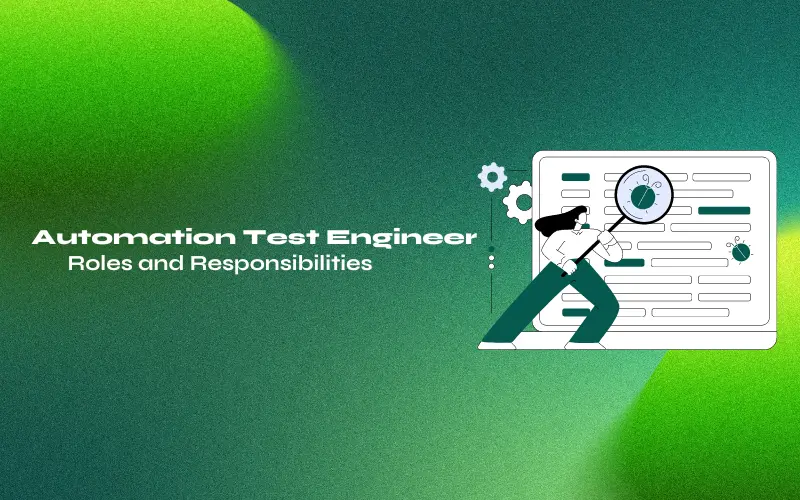![Top 7 Career Transition Methods [2025] 1 Post thumbnail](https://www.guvi.in/blog/wp-content/uploads/2024/12/Career-Transition-1.webp)
Feeling stuck in your job? Career changes work out better than most people expect. Statistics show that 58% of employees who lost their jobs successfully moved to completely new roles. Your knowledge of adaptation plays a vital part as workplace skills will transform by 40% in 2030.
Starting a new career path doesn’t need to feel daunting. A smooth transition awaits whether you want better prospects, chase your dreams, or adapt to market changes. Remote work has become standard practice now. Companies value emotional intelligence more during recruitment, which makes successful career switches easier than before.
This piece shows you 7 tested ways to switch careers in 2025. You’ll learn the perfect timing to make your move, build new skills, and create a realistic plan that delivers results.
Table of contents
- Understanding Why You Need a Career Change
- Signs it's time to switch careers
- Common motivations behind career transitions
- The Top 7 Career Transition Methods (Step-by-Step)
- 1) Skill Development and Upskilling
- 2) Creating a Practical Career Transition Plan
- 3) Building Your Professional Network (in short)
- 4) Updating Your Resume and Online Presence
- 5) Testing Your New Career Path
- 6) Managing Finances During Career Transition
- 7) Navigating the Job Search Process
- Concluding Thoughts…
- FAQs
- Q1. What are some stable and in-demand career options for 2025?
- Q2. How can I transition into a new career field successfully?
- Q3. Are there any promising careers that don't require extensive additional education?
- Q4. What should I consider when choosing a new career path?
- Q5. How can I manage finances during a career transition?
Understanding Why You Need a Career Change
The decision to move careers stands as one of life’s most important choices that needs careful thought. Now, there are two kinds of people (broadly categorising) those that plan and those that just don’t.
So, before you learn how you must begin your career transition, it is important to learn why a transition is usually recommended and then you can decide if you even need one. Myself belonging to the latter half, I would just do first and think later. Hence, I will be making sure you don’t make that mistake, so let’s discuss the why.
Signs it’s time to switch careers
People often struggle to know the right time to make a career change. The warning signs below can help you decide if it’s time to explore new professional paths.
- Burnout: Persistent burnout sends one of the clearest messages. Your body might tell you that your current career isn’t right when you feel constantly exhausted, lose sleep, get headaches, or show other physical symptoms. A job should challenge you without breaking you down.
- Lack of Motivation: Chronic boredom and lack of interest raise serious red flags. You might need a change when your daily tasks stay the same and you work on autopilot. Studies show only 36% of U.S. workers participate in their work actively, while 64% either don’t engage (51%) or actively disengage (13%).
- Your Values Have Evolved: Value misalignment with your organization can lead to deep job dissatisfaction. Your performance and well-being will suffer if you question your company’s ethical direction or feel uneasy about decision-making processes.
- Limited Growth: Stagnation in professional growth raises another red flag. You might have outgrown your role when you hit a ceiling with no clear path forward.
- You’re Only Motivated by the Paycheck: Weekend dread that starts Saturday night points to deeper issues. You might waste your potential if you keep counting days until your next vacation, even though your job offers stability.
Common motivations behind career transitions
Your decision to change careers becomes clearer when you understand what drives these transitions. Let’s discuss the 3 major factors:
- Money: Financial improvement tops the list of reasons why people move careers. A career change could bring greater stability if your current field doesn’t pay enough. Better earning potential paves the way to financial security and opens doors to home ownership or investment opportunities.
- Peace: Work-life balance matters more now, especially after the pandemic. Many people look to careers that give them more personal time and reduced stress. The numbers back this up – 31% of career changers needed more flexibility, while 22% wanted remote work options.
- Personal Growth: Personal fulfillment drives many career switches. CareerBuilder’s survey reveals that 32% of career changers followed their passion, and 28% wanted to make a positive impact. A career change might lead to greater happiness if your work leaves you feeling empty or without purpose.
Career change coach Carter Cast suggests looking at five basic motivation types to help create a focused transition plan. These include achievement (meaningful goals), affiliation (teamwork value), power (recognition seeking), autonomy (work control), and purpose (being part of something bigger).
Note: Take time to think about whether you need a complete career change or just a new work environment. Remember, the average worker changes careers 5 to 7 times in their lifetime, so you’re not alone in thinking about this important professional move.
The Top 7 Career Transition Methods (Step-by-Step)
Now we shall get to the main point of discussion for this article, that is the top career transition methods that will aid your transition journey. I have drafted this after going through a transition myself and hence it may not be perfect, but I can guarantee you, this list is one of the best out there. Follow this and you’ll be pretty much set to welcome your new career.
But do think about the last section in depth before you begin, because deciding and completely justifying a career change is the most important choice you’ll make in this journey. Let’s begin!
1) Skill Development and Upskilling
Learning new skills is the lifeblood of switching careers successfully. In 2025, industries demand dynamic, adaptable professionals who can demonstrate technical competence and relevant expertise. If you’re switching to a new domain, chances are that your existing skillset may only partially meet the job requirements. That’s where upskilling and reskilling come in.
What You Should Focus On:
- Identify the core technical and soft skills required in your target industry (e.g., data analysis, UI/UX design, project management, cloud computing, etc.).
- Fill skill gaps using industry-aligned learning platforms like GUVI, Coursera, LinkedIn Learning, Scaler, etc.
- Choose certification programs or bootcamps that offer hands-on projects, industry recognition, and placement assistance.
A Few Tips:
- Build a GitHub or Behance portfolio to showcase your work.
- Follow a structured learning path (beginner → intermediate → project-based learning).
- Keep pace with industry trends by reading blogs, newsletters, and joining online communities.
Learning new skills isn’t just about technical knowledge—it’s about growing in ways that help throughout your career change and beyond. When you commit to always learning, you become an adaptable professional ready to succeed in your new career path.
2) Creating a Practical Career Transition Plan
Switching careers can feel overwhelming without a roadmap. A career transition plan provides structure and clarity. It’s a strategy-driven action guide that keeps you motivated, organized, and focused on outcomes.
A well-laid-out career transition plan guides you when changing careers and turns abstract aspirations into concrete actions. Your next significant step toward a successful career change comes after you reflect on your motivations and develop new skills.
What To Include:
- Vision: Clearly define the job roles, companies, or industries you want to transition into.
- Timeline: Set 3–6 month goals for learning, networking, and job applications.
- Milestones: Break larger goals into weekly action items (e.g., finish Python basics, attend 2 webinars, complete resume update).
- Tracking: Use Notion, Trello, or Excel to monitor progress and make adjustments as needed.
A Few Tips:
- Factor in emotional and financial readiness.
- Set realistic expectations—some transitions may take longer than others.
Creating a structured yet adaptable plan that covers skill development, industry research, networking, and practical experience builds a foundation for a successful career transition. This preparation breaks down an overwhelming change into manageable steps toward your professional goals.
3) Building Your Professional Network (in short)
Networking remains your most powerful tool to transition careers. A strong network opens doors to hidden information, ideas, and opportunities. Most career changers discover their networks lead them to unposted positions in the “hidden job market”.
How To Build It:
- Join industry-specific LinkedIn groups or Slack communities.
- Attend virtual meetups, hackathons, career expos, and webinars hosted by companies or educational platforms.
- Reach out to professionals in your target field for informational interviews. Ask questions like, “What does a day in your role look like?” or “What would you recommend someone learn before entering this field?”
A Few Tips:
- Be consistent in networking, not transactional.
- Provide value—share relevant content, offer help, and celebrate others’ milestones.
4) Updating Your Resume and Online Presence
Professional documents and your online presence create vital first impressions during career changes. Your career transition experience needs updated elements to showcase transferable skills and new direction.
What to Update:
- Rewrite your professional summary to reflect your new career goals.
- Highlight transferable skills (e.g., project management, communication, leadership) with measurable achievements.
- Showcase relevant certifications, volunteer work, and personal projects.
- Optimize LinkedIn with new keywords, skills, and accomplishments.
A Few Tips:
- Consider creating a personal website or portfolio to showcase work (especially for tech, design, or writing roles).
- Use AI resume builders or professional editors for a polished finish.
These updates to your resume and online presence boost your professional visibility. They position you as a qualified candidate in your new field and make your career transition more successful.
5) Testing Your New Career Path
A test drive of your career plans helps you confirm your decision before you jump into a new field. Real-life career exploration increases your chances of finding work you love by a lot. It also reduces the risks that come with big professional changes.
You need to test your career choice – it’s not just an option. First-hand experience of your new path will give you insights you can’t get from research alone. As one career expert notes, “If you’re not interested in something, it won’t work,” whatever it looks like on paper.
How to Test Your Career Path:
- Start freelancing on platforms like Upwork, Freelancer, or Fiverr.
- Contribute to open-source projects or participate in coding/design challenges.
- Take on internships, job shadowing, or volunteer opportunities in the target domain.
- Work on mock projects that mirror real-world scenarios in your target field.
A Few Tips:
- Document your learnings and projects on a blog or LinkedIn.
- Use side projects to build credibility when you lack professional experience in the new field.
6) Managing Finances During Career Transition
A career change may lead to temporary income gaps, reduced earnings during upskilling, or even a complete pause in income. Poor financial planning can add stress and delay your transition. Planning ensures stability and focus.
Financial stability creates the foundation for a successful career transition. Starting a new career path requires proper financial management to handle income changes and unexpected expenses that often come with career changes.
Smart Money Moves:
- Create a transition fund covering at least 3–6 months of expenses.
- Cut down on non-essential expenses (subscriptions, dining out, etc.).
- Consider freelance or gig work to maintain income during your learning or job search phase.
- Explore scholarships, stipends, or government reskilling grants (many are available for transitioning professionals).
A Few Tips:
- Talk to a financial advisor if possible.
- Avoid taking on large debt or financial commitments during the transition period.
7) Navigating the Job Search Process
Your career transition preparation turns into real opportunities during the actual job search phase. Career changers who succeed often employ a mix of strategic resources, tailored application materials, and interview techniques designed for industry transitions.
Applying for jobs in a new domain is different from a traditional job hunt. You need to demonstrate adaptability, enthusiasm to learn, and how your previous experience adds unique value to the new role.
Effective Job Search Tactics:
- Focus on roles that welcome career changers (e.g., junior positions, training roles, startups).
- Customize each resume and cover letter to tell your story clearly and emphasize relevance.
- Use platforms that support career switches: AngelList, Hirect, LinkedIn Career Switchers, etc.
- Practice mock interviews that address common questions like “Why are you switching careers?” or “What makes you suitable for this role?”
A Few Tips:
- Use the STAR method (Situation, Task, Action, Result) to describe experiences.
- Don’t fear rejection—it’s part of the learning curve in a new field.
Concluding Thoughts…
I’m really glad you’ve made it this far in the article, and before concluding, I would like to stress that after following all these methods, what’s going to take you through is your resilience and discipline, so keep going no matter what!
In conclusion, I think we agree that making a career switch might feel overwhelming at first. The path needs careful planning and dedication, but your chances are higher than ever. Remote work opportunities and companies that value diverse experience have made this possible.
So, start by evaluating your current situation and plan your career change with these proven strategies. And if you have any doubts, do reach out to us through the comments section below.
FAQs
Healthcare professions like nursing, medical technicians, and allied health roles are expected to remain in high demand. Other stable fields include accounting, skilled trades, and certain technology sectors like cybersecurity and data science.
Start by assessing your skills and interests, researching potential fields, developing relevant skills through courses or certifications, building a professional network in your target industry, and considering gaining experience through internships or volunteer work before making a full transition.
Yes, some options include becoming a pharmacy technician, medical coder, or entering certain skilled trades. These often require certifications or vocational training rather than full degree programs, making them accessible options for career changers.
Consider factors such as job market demand, salary potential, work-life balance, your personal interests and skills, and the amount of additional education or training required. It’s also important to research the day-to-day realities of the job to ensure it aligns with your expectations.
Build an emergency fund before transitioning, create a transition budget, consider part-time or freelance work to supplement income, explore options for healthcare coverage, and avoid tapping into retirement savings if possible. It may also be helpful to consult with a financial advisor experienced in career transitions.































Did you enjoy this article?